COBOL celebrates its 60th birthday in 2019. This is the second in a three part blog looking at the cultural and technological changes that it has endured within its lifetime. We pick up the story in the mid 1970s. COBOL had survived its early growing pains and was in a period of stability…
Elsewhere, things were happening. In 1975 Sony introduced the ill-fated Betamax video tapes, Microsoft was founded, and the Altair 8800 Microcomputer was released. It was a scary time at the cinema and the beach as Jaws hit the big screen, and Saturday Night Live debuted on US television. The following year Apple was created by Steve Jobs, and Micro Focus, whose name became synonymous with distributed COBOL, was formed. IBM introduced the first commercial laser printer as the rest of us were still trying to get to grips with the dangers and quirks of the dot matrix.
The Commodore PET, generally acknowledged as the first Personal Computer, was launched in 1977, along with the Atari Video Computer System and the Apple II. France undertook its last execution by guillotine, and the world was shaken by the death of Elvis Presley.
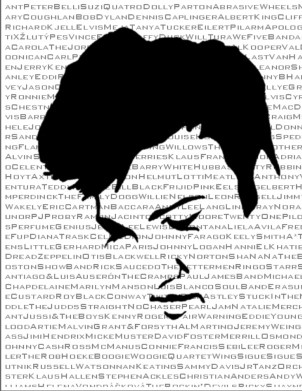
Inevitably, further revisions were planned for COBOL as it prepared to leave its teen years behind. These began in 1978, the year of the first test tube baby and the first cellular network, which was trialled in Chicago.
As the seventies drew to a close, marked by the advent of Trivial Pursuit, the Sony Walkman, and the first spreadsheet program, VisiCalc, there was a proposal to launch COBOL 80. In the world of politics Margaret Thatcher became Prime Minister, but the world of COBOL became a political minefield too. There were huge compatibility fears with the proposed new version.
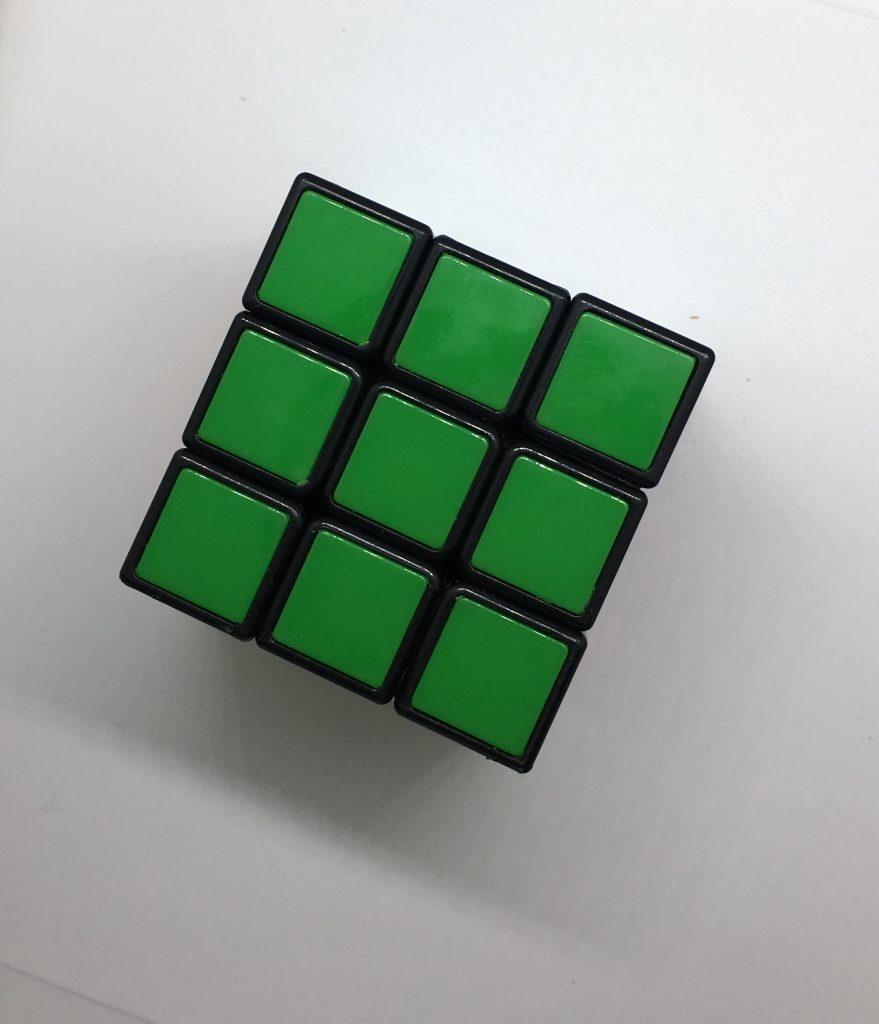
As the seventies clicked over to the eighties, Mount St Helens vented its anger, though probably not at COBOL, and John Lennon was shot. The Rubik Cube was launched internationally, and Pac Man made its first appearance. Japan led the way in technology, with the first colour camcorders going on sale, whilst the decidedly low tech Post-It Notes made offices a more colourful place.

1981 began with the prospect of a lawsuit. An article by Rita Shoor (Computerworld, January 1981) described how Joseph T Brophy of Travelers Insurance threatened to sue over the new COBOL standards due to the amount of rework required to their 40 million lines of code. The spectre of incompatibility loomed large! Technology continued to advance, with the launch of the first space shuttle program, and the introduction of the first DOS based PC from IBM. In sport, Muhammad Ali hung up his gloves, and the start of MTV thrilled music fans everywhere. In the UK the country came to a standstill for the wedding of Prince Charles and Lady Diana Spencer.
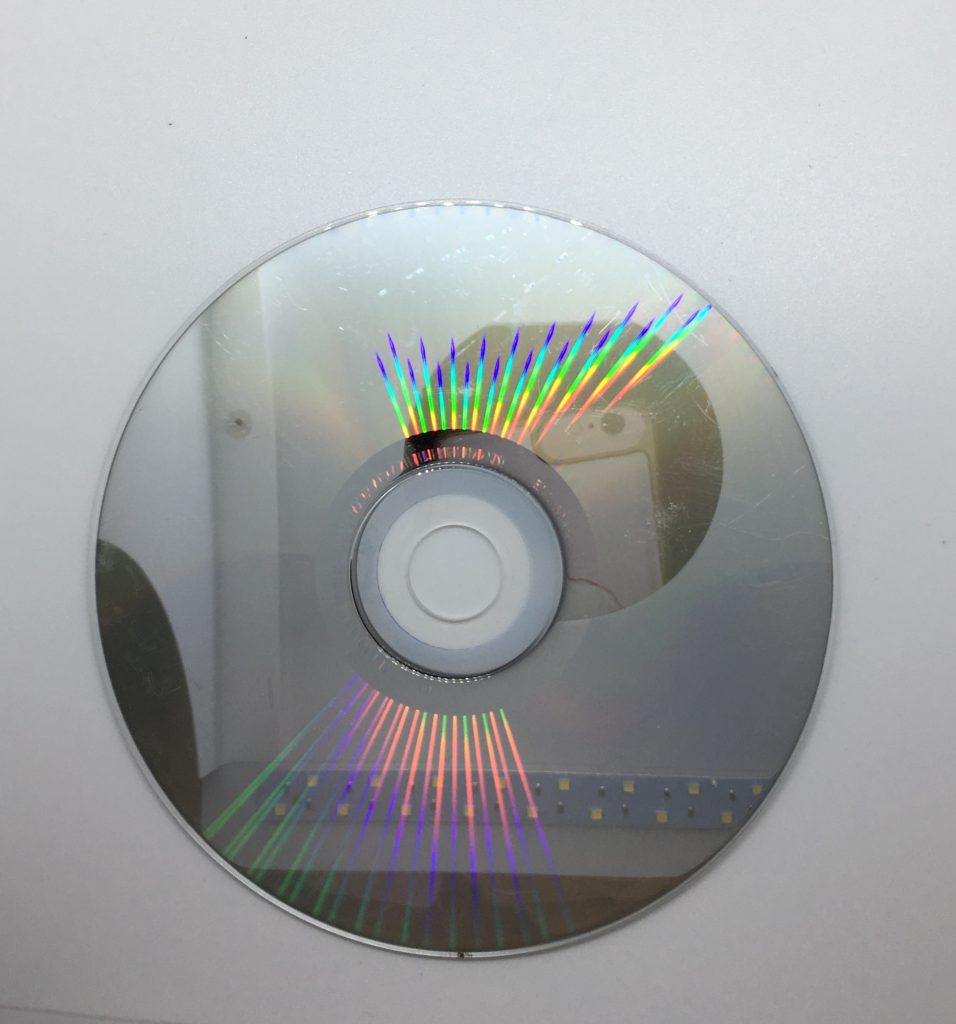
With the future of the new version of COBOL in turmoil, the rest of the technology world evolved. In 1982 the first CDs were sold in Japan, and the Experimental Community Of Tomorrow, better known as EPCOT, opened in Florida. Such was the power of the personal computer that Time magazine made it their Man Of The Year. Elsewhere, USA Today first appeared on news stands, and Michael Jackson released his record-breaking Thriller album.
Fears around the incompatibility of an updated COBOL waned in 1983, paving the way for a release, but it was not quite ready. However, there were some ground-breaking innovations that year. Lotus 1-2-3 and Microsoft Word helped office productivity, and Motorola introduced the first hand held mobile phones for consumers. More significantly, the Advanced Research Projects Agency Network (ARPANET) officially changed to use Internet Protocol, thus marking the creation of the Internet. On television, the final episode of M*A*S*H was aired after a run of eleven years.
The new COBOL was made available to a few select customers in 1984, the year that the first Apple Mac went on sale. Alongside it on the electronics shelves were the earliest portable CD players, and the increasingly popular personal computers moved from truly floppy disks to the sturdy 3.5” version as hardware adapted to the new standard.
1985 finally saw the general release of the new version of COBOL. COBOL 85 included inline PERFORM statements, the EVALUATE statement, and scope terminators such as END-IF. The update remained controversial with backwards compatibility still a concern. Rogue full stops had always been a problem, now they were an added expense to development. Of course, ANSI retained the need for full stops within the syntax, leading to many programs having lines just for full stops so that they would not be forgotten. The fun and games were not restricted to COBOL. The Nintendo Entertainment System (NES) was launched in the US, and the Sinclair C5 took to the streets. Microsoft released Windows v1.0, and SYMBOLICS.COM became the first .COM domain name ever to be registered. A musical milestone occurred with Live Aid in London and Philadelphia, and in sport Michael Jordan was the NBA’s Rookie Of The Year. Sadly, we said farewell to the iconic Route 66, removed from the US highways system 59 years after it was first established.
COBOL became stable once more as other technologies moved forwards. Intel introduced its 386 generation of processors in 1986, as IBM launched the first laptop computer. The London Stock Exchange was deregulated, a huge advancement that allowed computerised trading. Unfortunately, technology failed with the explosion of the Space Shuttle Challenger. On television The Oprah Winfrey Show made its debut, followed in 1987 by The Simpsons who put in their first appearance on The Tracey Ullman Show.
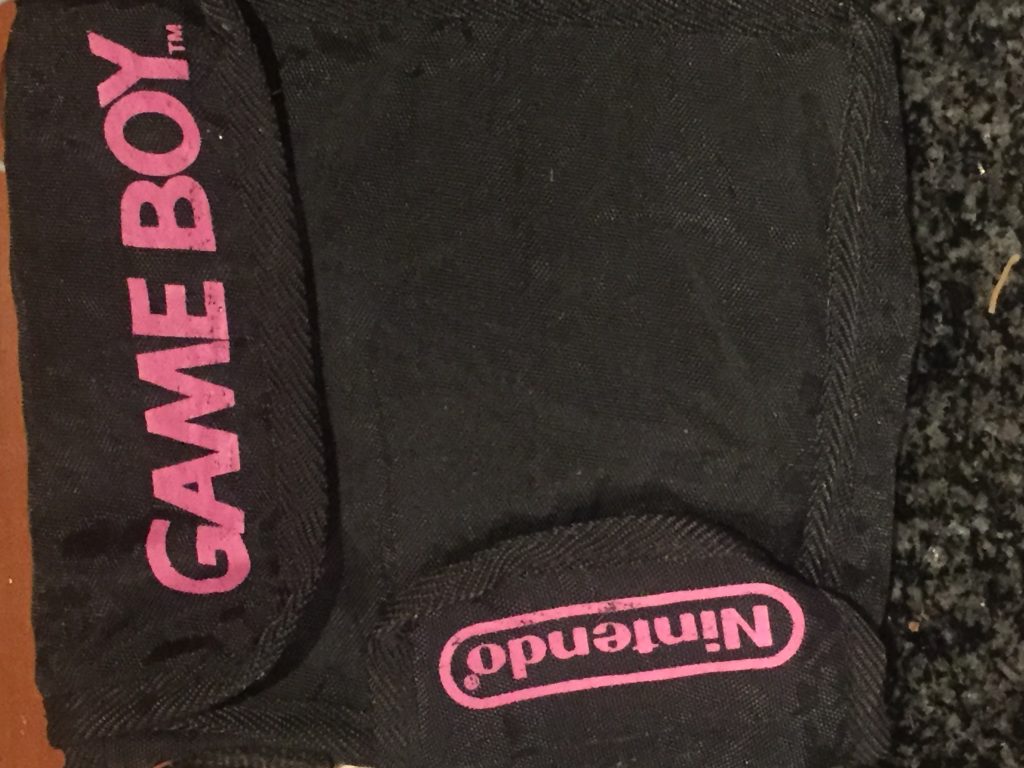
We lost the English pound note in 1988 when it ceased to be legal tender, and Stephen Hawking released A Brief History Of Time, which journalist and political commentator Charles Krauthammer described as “that most unread of bestsellers” in his book Things That Matter. The UK licensing laws changed to allow pubs to open all day, but the ominous spectre of the first major computer virus affected computers connected to the early internet. COBOL underwent a minor revision in 1989, but overall it remained a great success. It was estimated that by the end of the eighties 80% of all business applications were written in COBOL, whilst Intel moved to its 486 processors. Nintendo released the first Game Boy, and the first Block II satellite of the Global Positioning System (GPS) was put in place. In Germany, after being a political and physical barrier for 28 years, the Berlin Wall was brought down as the East and West were once again united.
The nineties began with more technological advances, as the Hubble space telescope was deployed and the first in-car satellite navigation system went on sale. The first web page was written along with the publication of the formal proposal for the world wide web. Nelson Mandela’s life sentence ended after 27 years as he was released from prison, and in England and Wales the heavily criticised poll tax was introduced. Microsoft packaged their suite of productivity applications into MS Office, having announced the possibility two years earlier.
It is generally accepted that the pace of change in technology is increasing exponentially. By the time 1991 rolled around MS DOS was up to version 5.0 and the first version of the Linux operating system kernel was released. The web browser was introduced, and in the pop world Freddie Mercury passed away. The following year the fairytale wedding of Charles and Diana came to an end as they separated, and the US was struck by Hurricane Andrew. On a brighter note, Euro Disney opened in Paris. AT & T released the first video telephone, and Windows introduced the familiar look and feel of version 3.1.
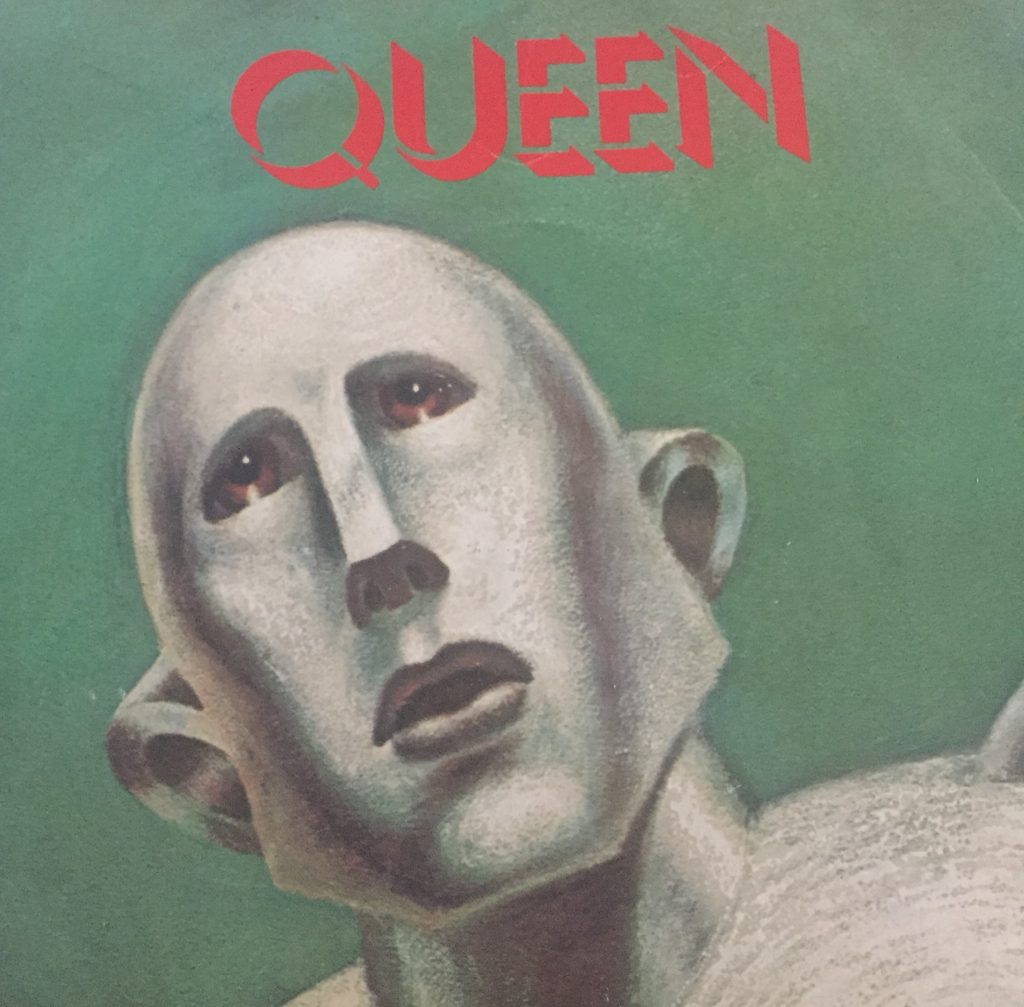
COBOL went through another minor revision in 1993, as Intel produced the Pentium processor. The World Trade Center was bombed by Islamic Fundamentalists, and Michael Jordan retired for the first time. The following year Netscape Navigator became the market leader for web browsing, and the Java programming language was first released by Sun Microsystems. The channel tunnel and the UK lottery both opened, and the Playstation was launched in Japan. Windows evolved as quickly as anything, with its 95 version distributed in 1995. The programming language Javascript was launched, as was the auction site Ebay. Charles and Diana divorced in 1996, a year that saw the launch of DVD players in Japan, the introduction of Internet Explorer 3, and the production of the Nintendo N64 games console. The first official version of Java was released, and there were blockbuster numbers at the box office for Twister and Independence Day. However, even their numbers were dwarfed by the 36 million users of the internet, according to IDC.
In 1997 Gartner estimated that there were 200 billion lines of COBOL code in existence, but it was certainly not standing still. The introduction of object-oriented (OO) code was also planned, but it would be another five years before it was officially introduced. However, Micro Focus, IBM and Fujitsu were three vendors that chose to implement the syntax based upon the new specifications. Elsewhere in the computing world, IBM’s deep blue computer beat Garry Kasparov and Microsoft became the world’s most valuable company. The first Harry Potter book was published, and at the age of 21, Tiger Woods became the youngest player ever to win the Masters.

Google was incorporated as a private company in 1998, and Windows 98 became Microsoft’s latest flagship version. For COBOL, there was a problem on the horizon that had everything to do with the 80% of business transactions and 200 billion lines of code that had previously been credited to the language.

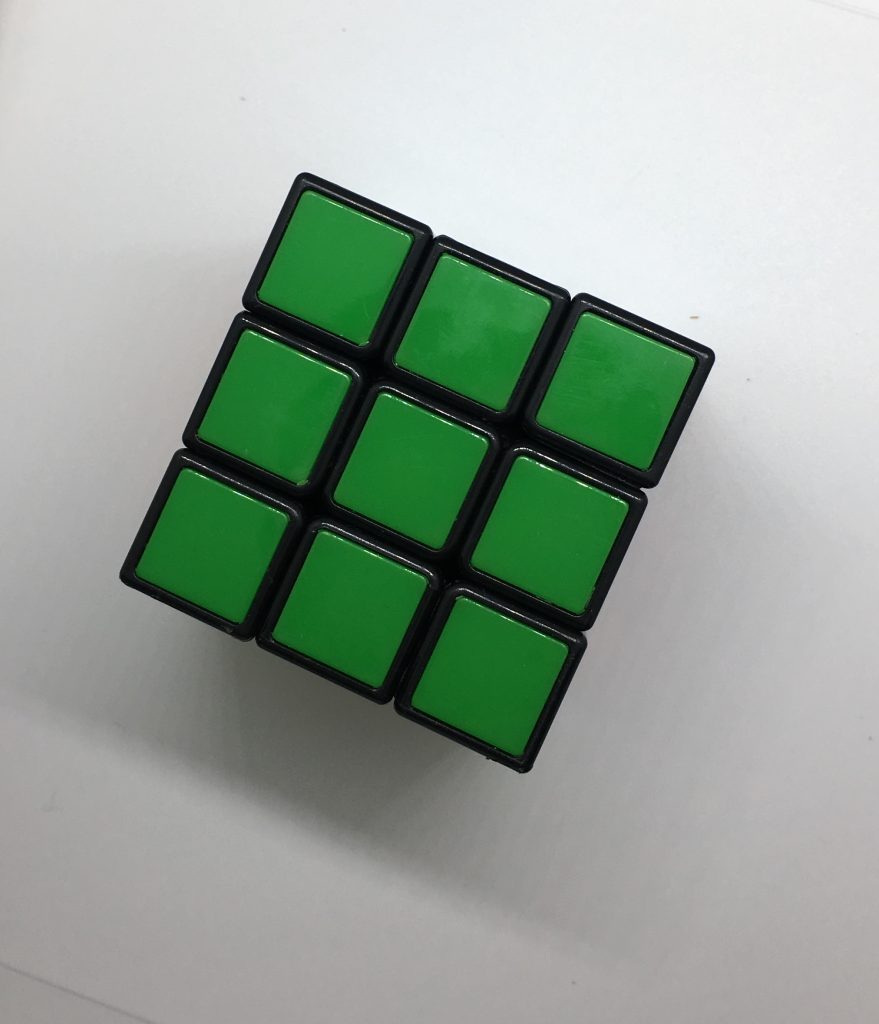
Thanks a lot to share this and feeling soooo happy that I am working for past 10 years on COBOL even other developers commenting as it’s OLD.. Please send me any more updates or compete reference from you.
Thank you for your comment. You may like other entries on my blog – including the 40 year history of my coding!